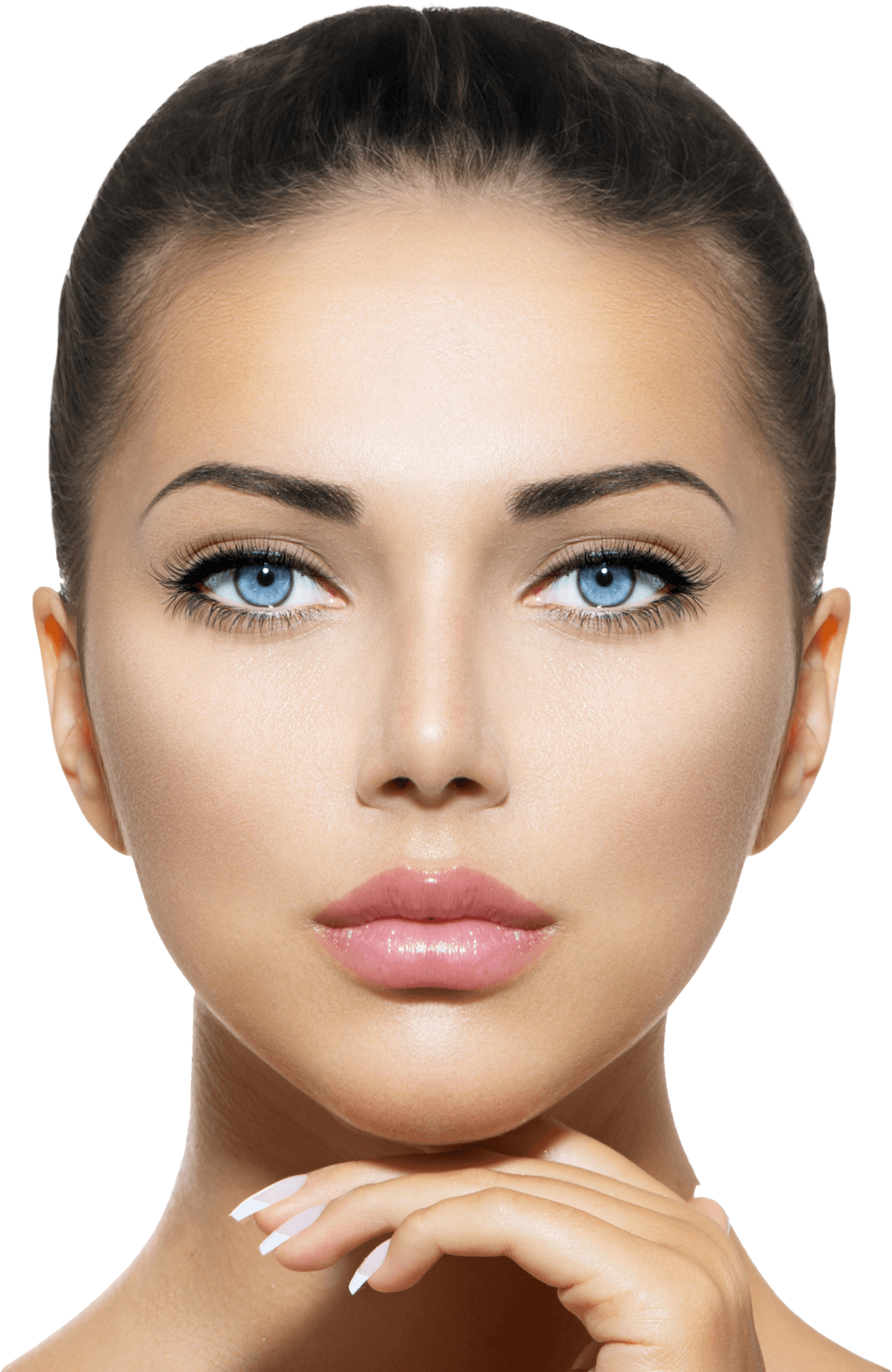
Lifting & Contouring
Upneeq Eye Drops for Ptosis
Do your eyes look sleepy or do you feel that your eyelids look low?
If your eyes look “tired” or “sleepy”, you may have a condition called acquired blepharoptosis (also known as acquired ptosis or low-lying lids).
Acquired ptosis (low-lying lids) is a common medical condition that:
- Can develop later in life
- Affects adults of all ages, but occurs more often with increased age
- Usually occurs when the muscles in the eyelid stretch and weaken, causing the upper eyelid to droop
- May be caused by other issues, such as cataract surgery, contact lens wear, or an underlying medical condition. It could also be a sign of a more serious medical condition.
- Millions of people over the age of 40 may have acquired ptosis
- But only 15% have been diagnosed, and even fewer have received any treatment
Source: Upneeq
Note: *Estimate of prevalence was calculated using both U.S. Census data and a published study by Sridharan et al. (1995). The Sridharan study observed a prevalence rate of 11.5% (n=400), which was then applied to the US Census’ projected 2020 population of Americans aged 50+ years.
Available At
Gallery
Before & After
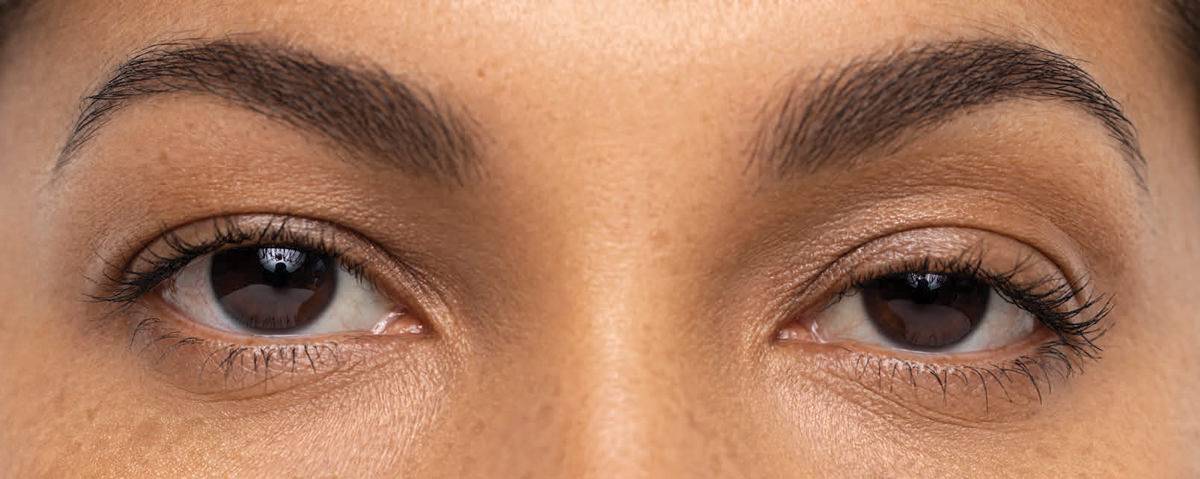
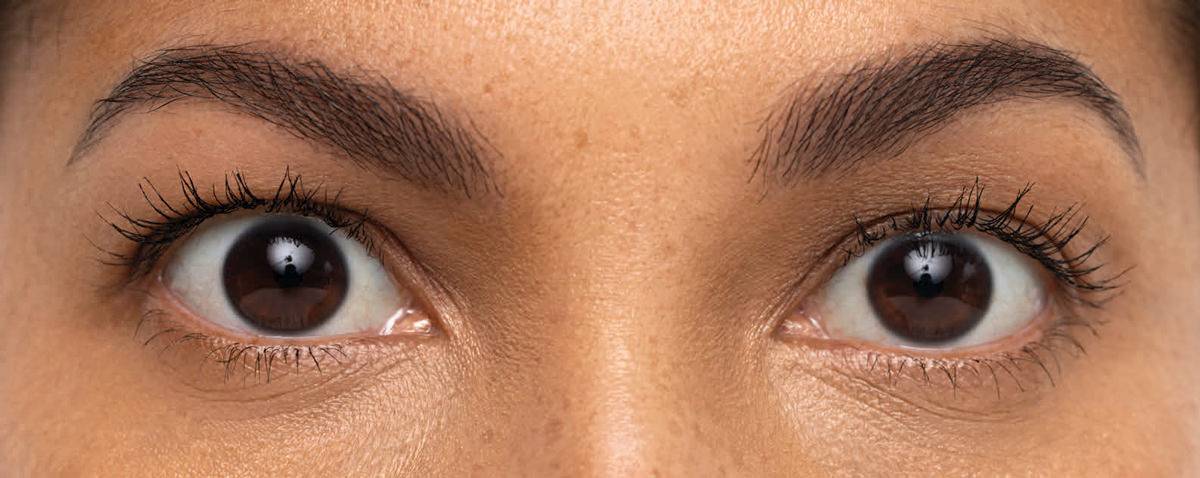
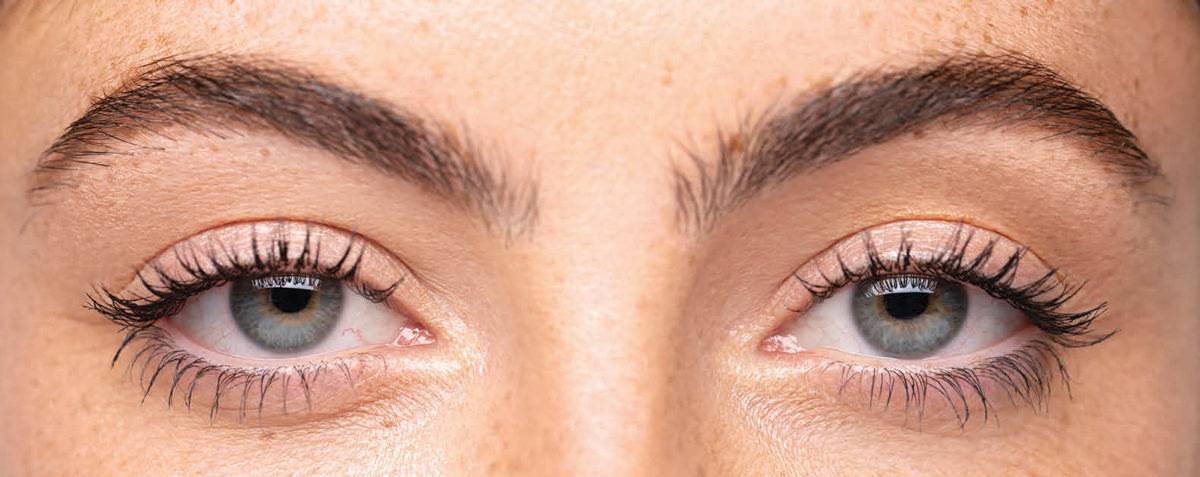

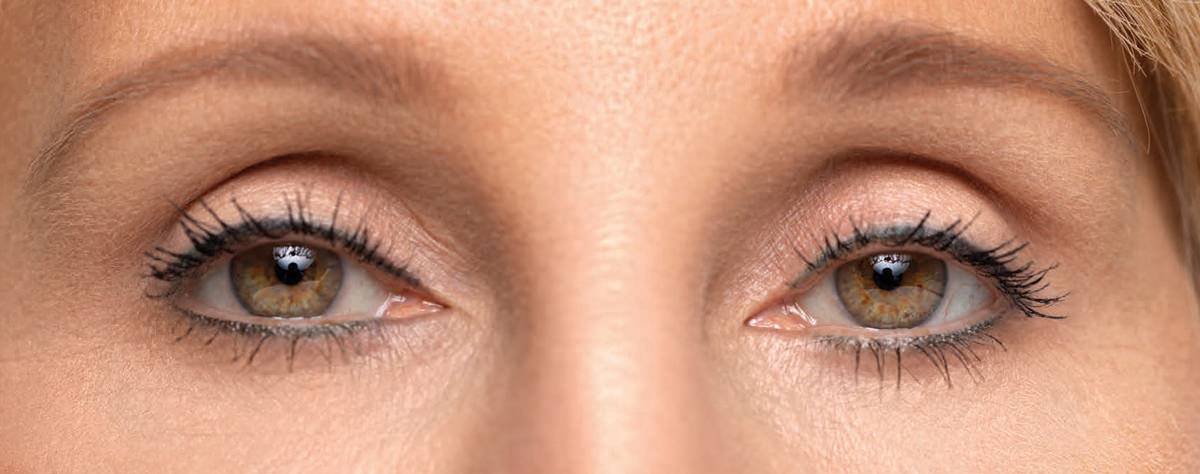
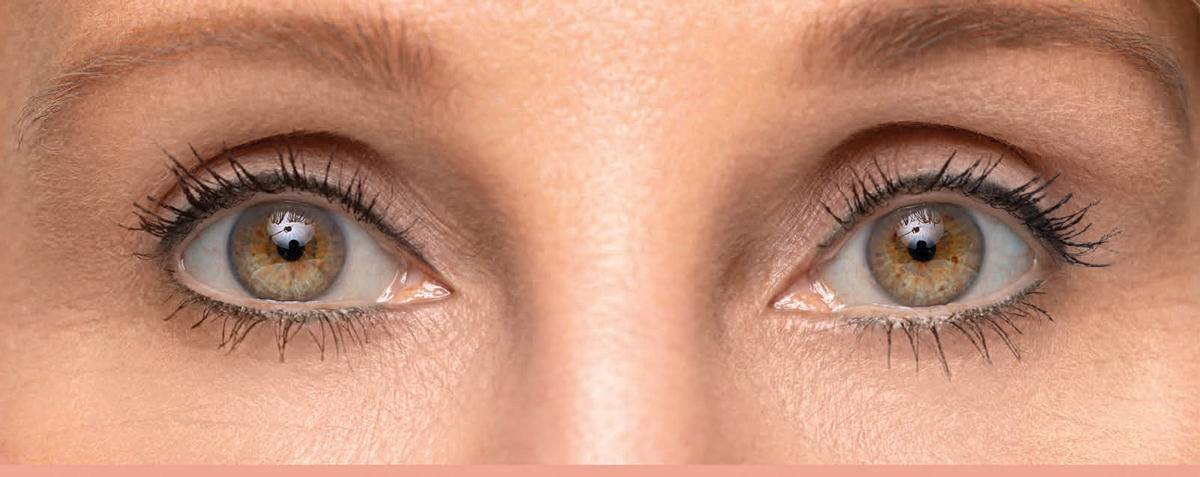
FAQs
Frequently Asked Questions
What can I expect from Upneeq?
Lifts eyelid(s) quickly
In clinical trials, Upneeq helped patients with acquired ptosis see more—on the first day of treatment! 87.8% of patients had some form of improvement 40.8% of patients had at least a 50% improvement on Day 14 (2 hours after applying Upneeq)
- Most patients in clinical trials had a lift in their eyelids in as little as 2 hours
- 84% of patients had some form of improvement
- 74% of patients had more than a 50% improvement
Is Upneeq safe and well-tolerated?
In clinical trials, Upneeq was proven to be safe and effective when used as directed. Common side effects (seen in 1-5% of patients) included eye inflammation, eye redness, dry eye, blurred vision, instillation site pain, eye irritation, and headache.
What warnings and precautions are associated with Upneeq?
- Upneeq is a type of medication that may affect your blood pressure. If you have heart disease, uncontrolled high or low blood pressure, or feel faint at rest or when quickly standing up, you should call your doctor if your symptoms get worse.
- Patients with reduced blood flow to the brain or heart, or patients who experience eye or mouth dryness due to an immune system disorder (Sjögren’s syndrome), should use care when taking Upneeq. Call your doctor immediately if you feel your symptoms may be getting worse.
- Upneeq may increase the risk of eye pressure due to fluid buildup (angle-closure glaucoma) in patients with untreated narrow-angle glaucoma. Call your doctor immediately if you feel increased pressure in your eye after using Upneeq.
- Do not let the tip of the Upneeq vial touch your eye or any other surface. This can help prevent eye injury or contamination. Each Upneeq vial is for one-time use and should be discarded after being used.
How often do I need to use Upneeq?
Upneeq is a daily eye drop which lifts upper eye lids to open your eyes.


Open your eyes with Upneeq.
We offer complimentary consultations to help you determine if Upneeq Eye Drops for Ptosis is right for your concerns.

